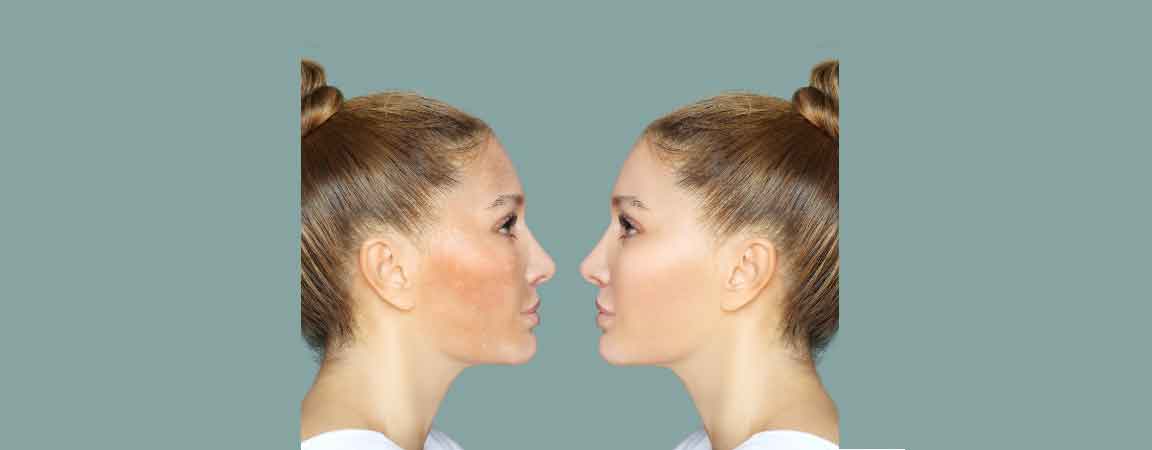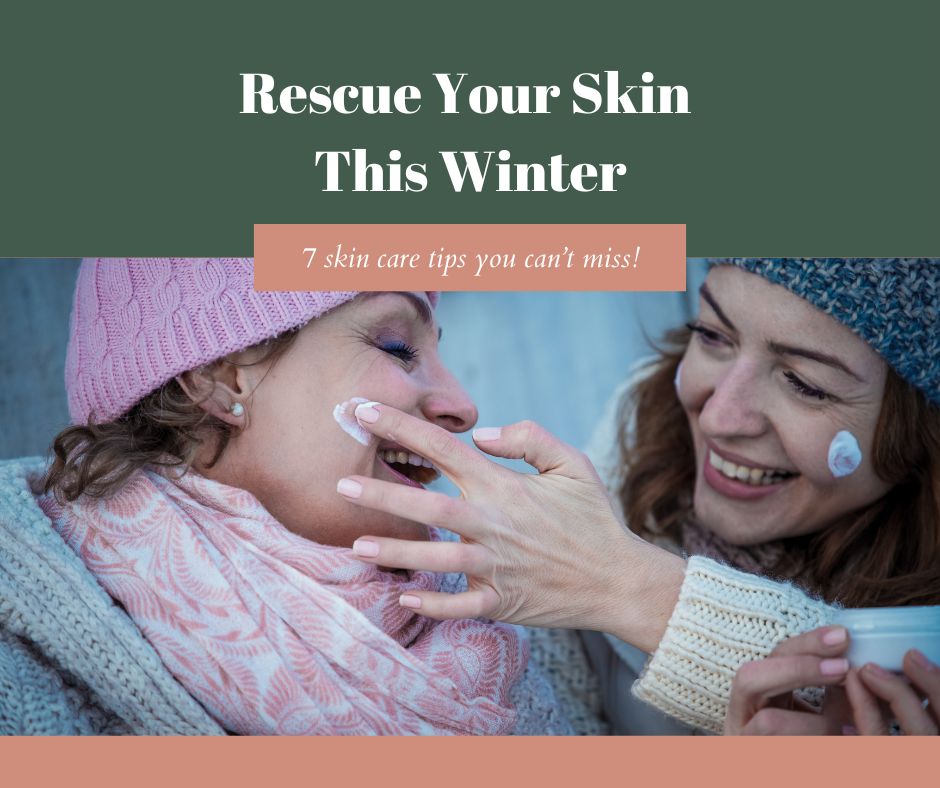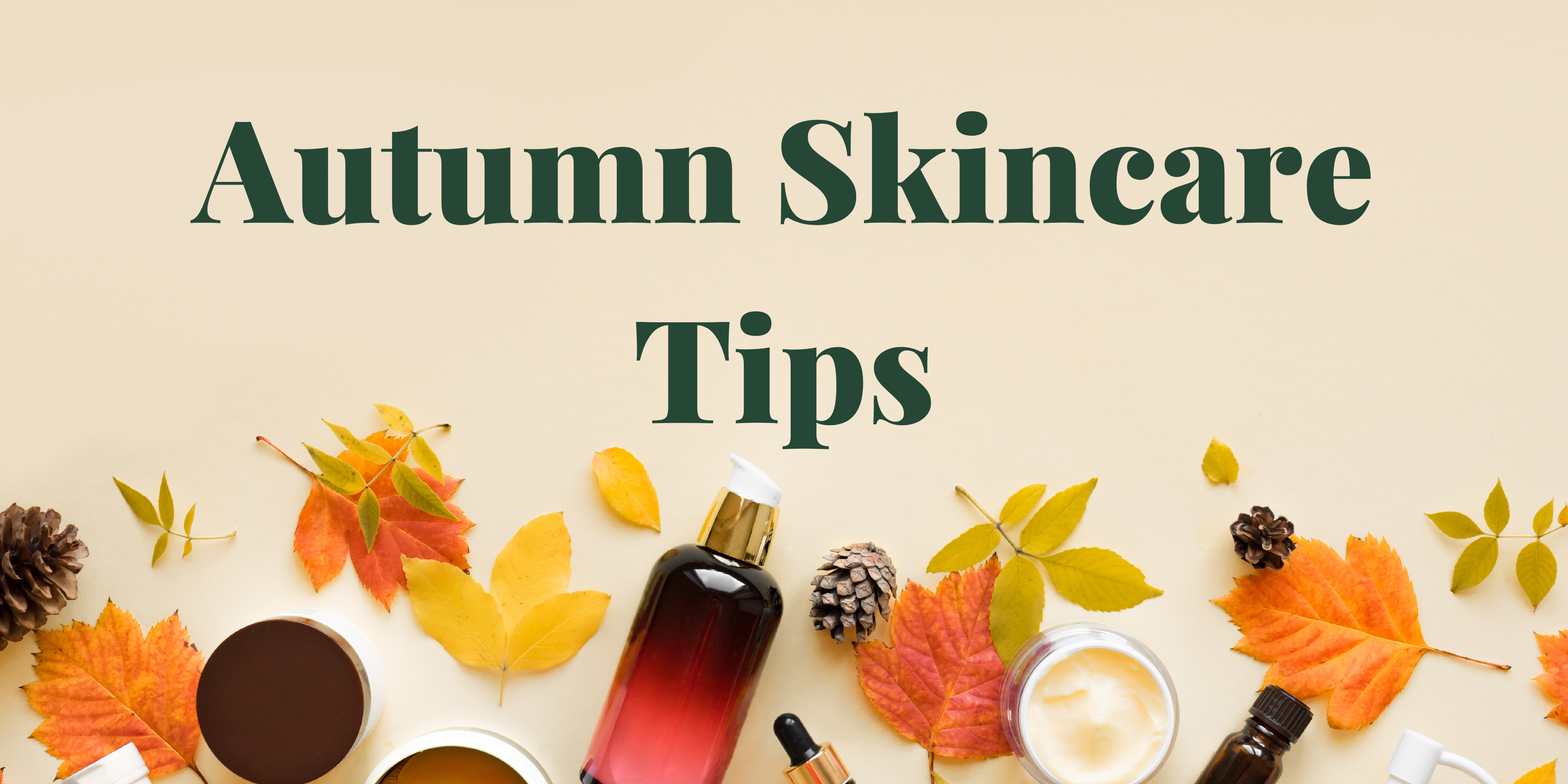Sun Protection

By now, you must be aware that sun protection is the most important part of any skincare routine. That is unless you've been living under a rock, in which case you've been doing a great job of protecting yourself from the sun.
But while this fundamental fact is clear, choosing an SPF can be a bit confusing, especially considering there are two basic types of sun protection products: sunblock and sunscreen. While the names do a decent job of explaining, we will delve a bit deeper.
What Is Sunscreen?
Also known as "chemical sunscreen" or "chemical SPF," sunscreens contain several chemicals that absorb UVA and UVB rays and transform them into heat through a chemical reaction that is then released. Some common ingredients that you might be familiar with include Cinnamates, Salicylates, Octocrylene, and Ensulizole, which block UVB rays, and Benzophenones, Anthranilates, Avobenzone, and Ecamsule, which block UVA rays.
The key to a sunscreen working is its absorption. Sunscreens tend to have a thinner texture that penetrates the skin without leaving a greasy residue or white film, making them ideal for those with a multi-layered skincare routine. However, because the body partially absorbs sunscreens, applying them at least 30 minutes before sun exposure is essential. And because sunscreens tend to last longer than sunblock, you don’t need to re-apply them as frequently.
What Is Sunblock?
Commonly called "mineral" or "physical" SPF, sunblock works by forming a “mineral barrier” on the skin, which blocks the absorption of UVA and UVB rays. Zinc oxide and titanium dioxide are two of the most common minerals used in sunblocks.
Since it doesn't need to absorb to work, sunblock is effective more or less right away. However, this also means it washes away more quickly, so you’ll need to reapply often, especially when swimming or doing intense physical activity that results in sweating.
How to Pick the One for You - Here are a few things to consider:
Skin Sensitivity/Conditions
One main reason people may choose sunblock over sunscreen is that sunblock can be less irritating to those with sensitive skin.
Texture
Sunscreen is popular due to its lightweight texture, which can range anywhere from a barely-there gel to a thick, luxurious cream, all with the ability to blend well into the skin and sit comfortably between skincare and makeup.
The same can almost be said about sunblock, but because of its high mineral content, it can leave a white cast behind. Many new sunblock formulations use micronised minerals and work similarly to chemical sunscreens.
High Sun Protection Factor (SPF)
When looking for sun protection, it should be broad spectrum with an SPF of at least 30. SPF 50 and above is better for high sun exposure and those with sun-sensitive conditions, such as hyperpigmentation or lupus, anything above SPF 50 is superfluous because, after 50, the change is tiny. So the moral of the story is: Keep the SPF between 30-50, and you’ll be fine.
Water-Resistance
This is usually a given for most formulations nowadays, but choosing a formula labelled as "water-resistant" means it should hold up well through everyday wear and tear. However, if you plan on swimming or sweating, reapply every 40 minutes to ensure your skin remains protected.
Antioxidants
Whether springing for sunblock or sunscreen, look for formulations containing antioxidants to help protect against oxidative damage from environmental aggressors and the sun. Sunscreen ingredients won't do that alone, and you can still incur oxidation when you’re protecting against the sun. The combination of antioxidants and sunscreen agents should form the basis of your daytime protective routine.”
Outcome
The most effective SPF is the one that you use. Sun protection is the most vital element of your skincare routine. It can be an essential tool in preventing skin cancer and helping to ward off the signs of premature aging, discolouration, hyperpigmentation, and sagging.
Finding the best sun protection products for you can be challenging; why not pop into Pure for a chat; we can go over all our sun-protection options and send you home with samples to ensure you love your sun protection product.
Gay x



